


Alina's Facebook Account
Alina's Myspace Blog
Alina's Myspace Music Profile







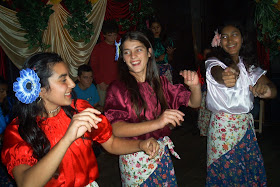
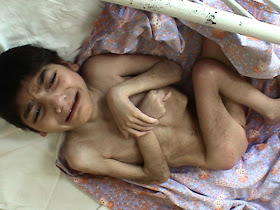
MDRI investigators found emaciated children, starving and near death, at the adult psychiatric facility in Braila.
Several teenagers weighed less than 30 lbs.
Mental Disability Rights International (MDRI), has found children with disabilities hidden and wasting away, near death, in Romania's adult psychiatric facilities.
A report released by MDRI, Hidden Suffering: Romania's Segregation and Abuse of Infants and Children with Disabilities, describes teenagers weighing no more than 27 pounds.
Some children are tied down with bedsheets, their arms and legs twisted and left to atrophy.
Despite Romanian government claims that it has ended the placement of babies in institutions, MDRI found infants languishing in a medical facility so poorly staffed that the children never leave their cribs.
Many of these children have no identity papers. Officially, they do not exist.
Romanian officials admitted to MDRI that they had no idea how many children with disabilities are in adult facilities.
"I call on the government of Romania and the EU to put a stop to these abuses PLEASE, these are Romania's most vulnerable citizens. The inhumane and degrading treatment that they are forced to endure is intolerable and violates international human rights law."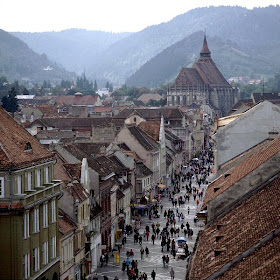
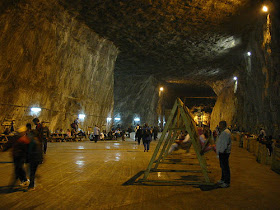
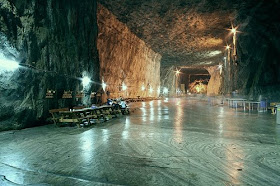

Catrinel Menghia (born October 1, 1985) is a Romanian model.
She was discovered at the age of 16 on the street by a local agent who took her to Bucharest to meet Liviu Ionescu of the MRA Agency. Six months later, her parents allowed Menghia to move to Bucharest and start her modeling career.
She participated in the Ford Supermodel of the World Romania contest in November 2001, where she won the second runner-up prize.
Menghia now lives in Milan. She has done campaigns for major fashion houses and is the face of Giorgio Armani worldwide. She was also one of the new faces in the 2006 South African Sports Illustrated Swimsuit Edition and has appeared in FHM and Maxim.
She has been the face of the French lingerie brand Lise Charmel since 2005.
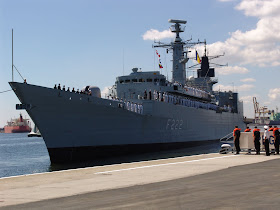
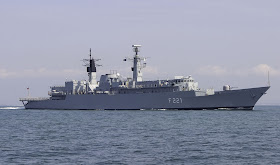

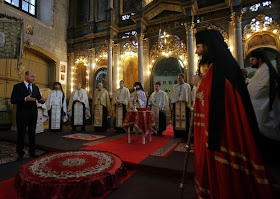
To the east of the town centre stands the old fort-
ress (13th century), now a cultural centre and a
tourist attraction. Nearby, there are thermal spas
known for their therapeutic effects.
In Gyula one may admire "Nicolae Bălcescu"
High School designed by Szabó Jen. The archi-
tecture resembles that of Transylvanian wooden
churches. Not very far is the Romanian Orthodox
Cathedral, erected in 1867.
Gyula is home to Hungary's second oldest cake
shop, and has a town centre comprising numerous
small pedestrianised squares, many of which have
large water fountains.


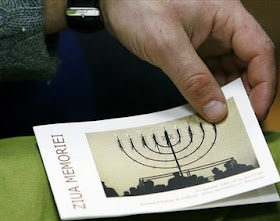
Pelişor Castle (Romanian: Castelul Pelişor) is a castle in Sinaia, Romania, part of the same complex as the larger castle of Peles. It was built in 1899–1903 by order of King Carol I, as the residence for his nephew and heir, the future King Ferdinand (son of Carol's brother Leopold von Hohenzollern) and Ferdinand's consortQueen Marie.
In 2006, it was decided that the palace complex, including Pelisor, long a museum and tourist site, is the legal property of the heirs of the Romanian royal family. They will take legal possession of it and sell it back to the Romanian state, so that it will remain in its current status. The main castle of Peles has already so sold, but negotiations about other villas and chateaus are ongoing. King Michael I of Romania appears decisive that of the complex, Pelisor castle will remain as place for his heirs, the Royal Family.
Pelişor was designed by the Czech architect Karel Liman in the Art Nouveau style; the furniture and the interior decorations were designed mostly by the Viennese Bernhard Ludwig. There are several chambers, working cabinets, a chapel, and "the golden room". Queen Marie herself, an accomplished artist, made many of the artistic decisions about the design of the palace, and participated in its decoration, including as a painter. Queen Marie considered Art Nouveau a weapon against sterile historicism, creating a personal style combining Art-Nouveau elements with Byzantine and Celtic elements.
The hall of honor is very simple with the walls covered with oak-timber and a glass ceiling.


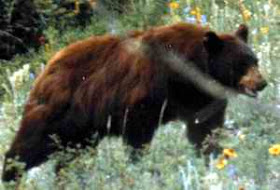
Larger populations can be found in Croatia, Slovakia, Slovenia,
Bulgaria and Romania, but these are isolated populations. Most of the
brown bears in Europe can be found in Russia, however, it was near
extinction due to extensive hunting prior the Russian revolution of 1917.
In my home town, Zizin and in Brasov, Craiova, Tarlungeni and
other places in Transylvania, they can be seen wandering down the
main streets looking for food.